River Pollution
Background and challenges
The key to water pollution control lies in managing the “outlets of wastewater discharge” (the final point where pollutants enter the river). However, the current regulatory system has significant shortcomings:
Solutions

Our solution involves deploying intelligent cameras around river outflow points, sewage outlets (including key locations such as rural areas, enterprises, and livestock farms), sewage treatment plants, and pumping stations. These cameras capture real-time images of the scene. The core lies in leveraging the powerful local processing capabilities of the edge AI gateway to run a series of specialized algorithm models optimized for environmental detection. For instance, the system can accurately identify abnormal color changes in water bodies, promptly detect possible industrial wastewater leakage or pollutant spills; at the same time, it can effectively monitor floating garbage and debris on the water surface and issue alerts in a timely manner. This not only significantly improves the speed and accuracy of detecting pollution incidents, significantly reduces the false alarm rate, but also has a substantial deterrent effect on potential illegal discharge behaviors, prompting all parties to enhance their awareness of water environmental protection and shift from passive response to proactive prevention.
The specific solution is as follows:
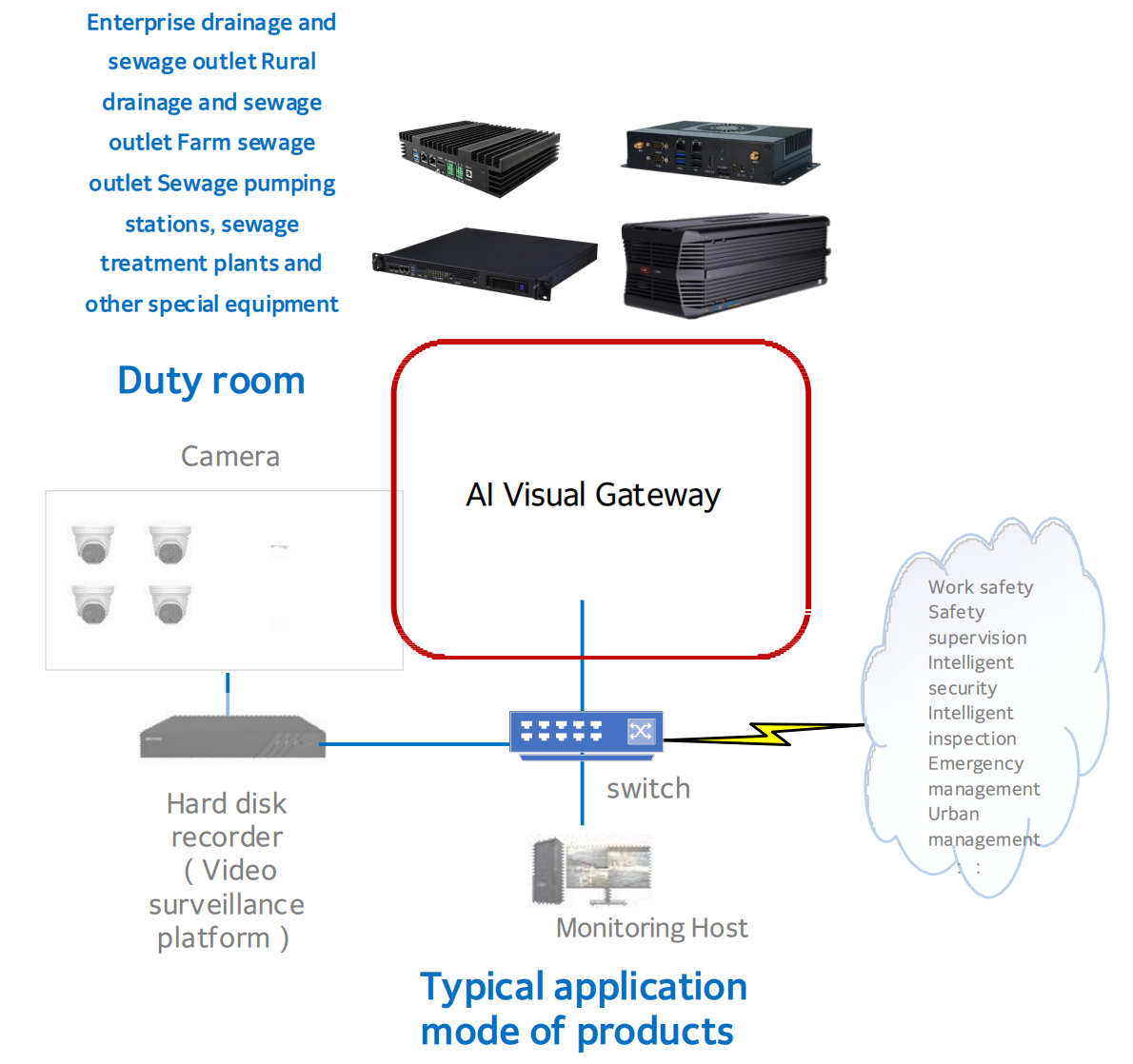
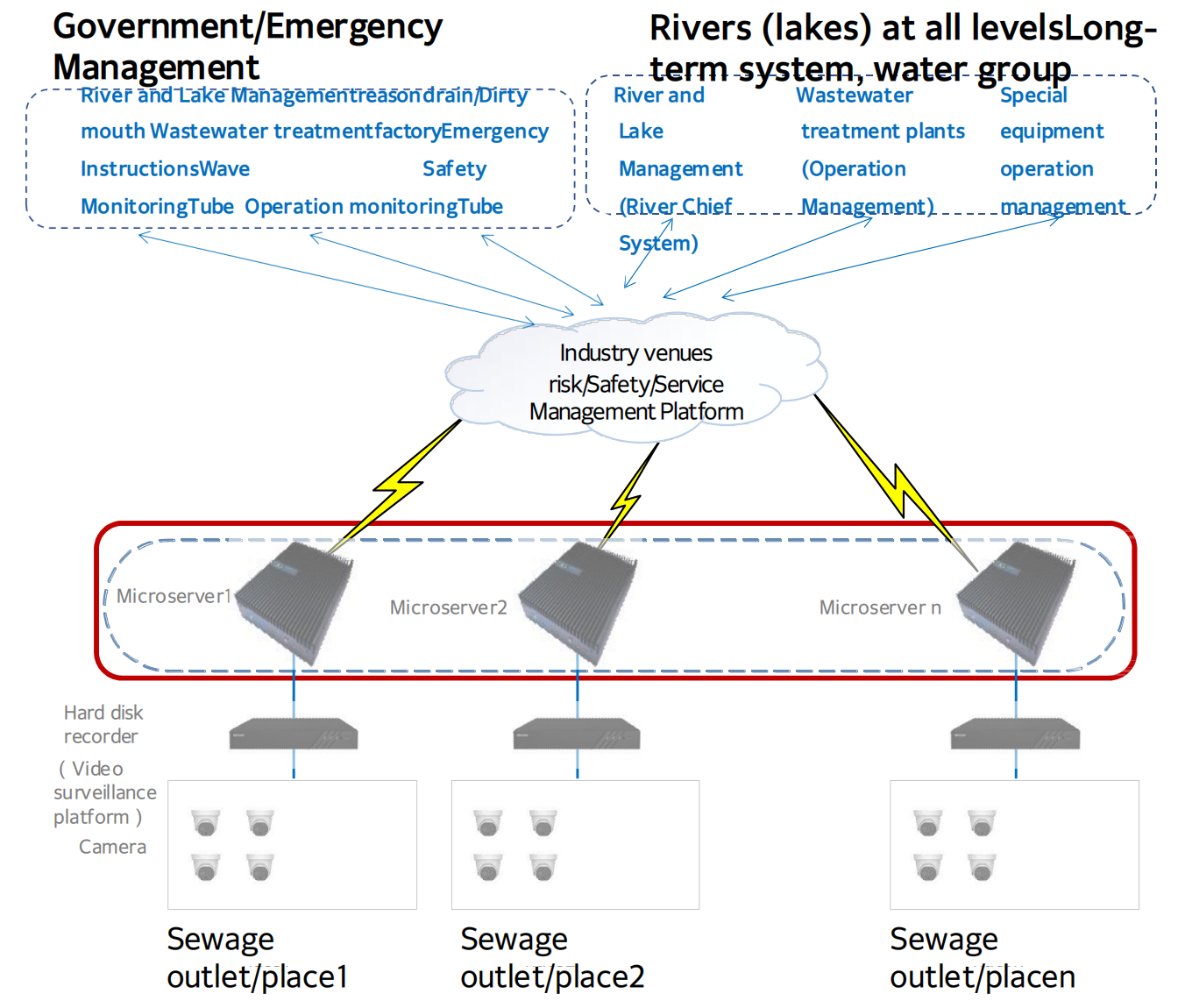
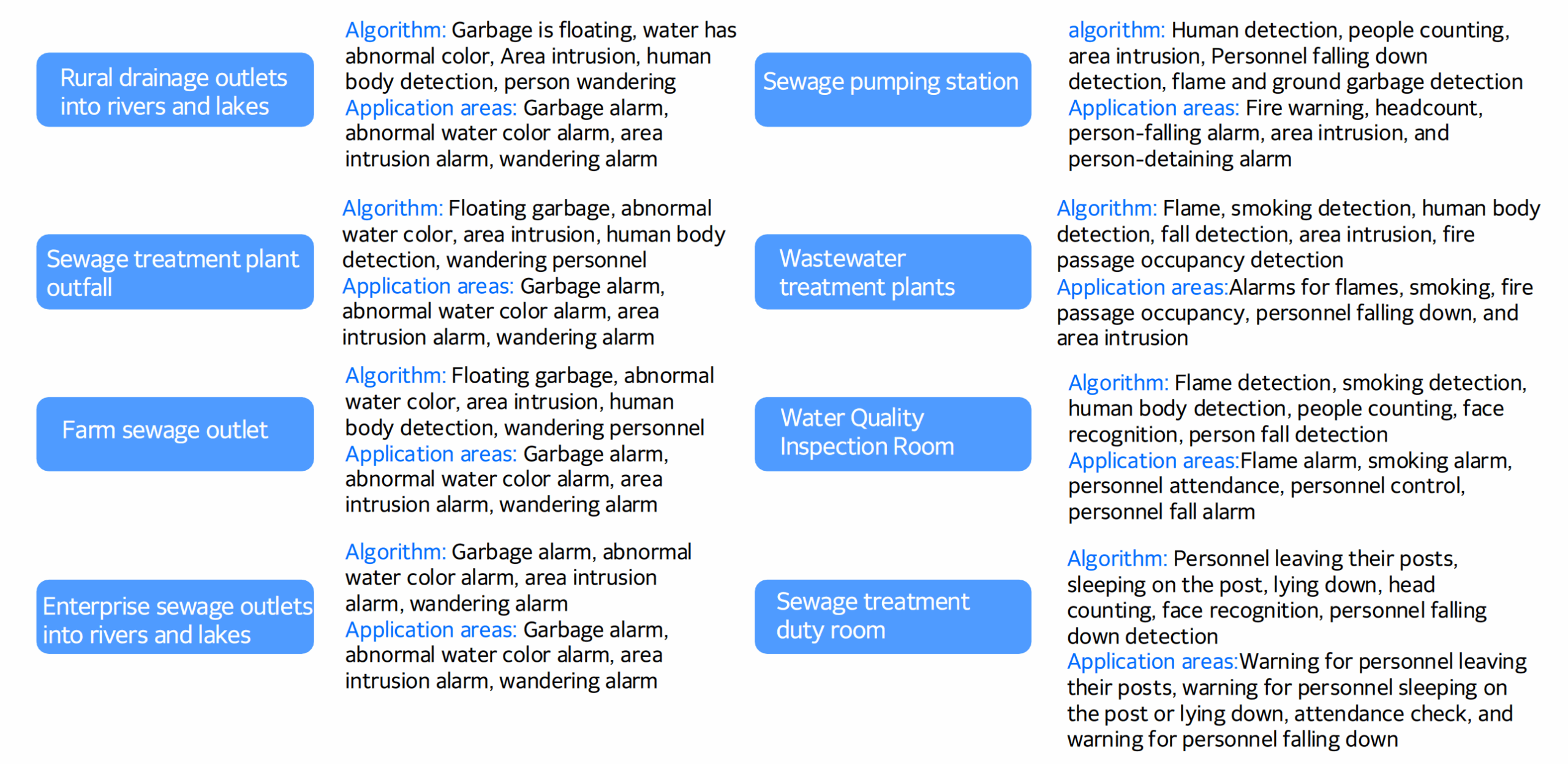
Monitoring Screenshot
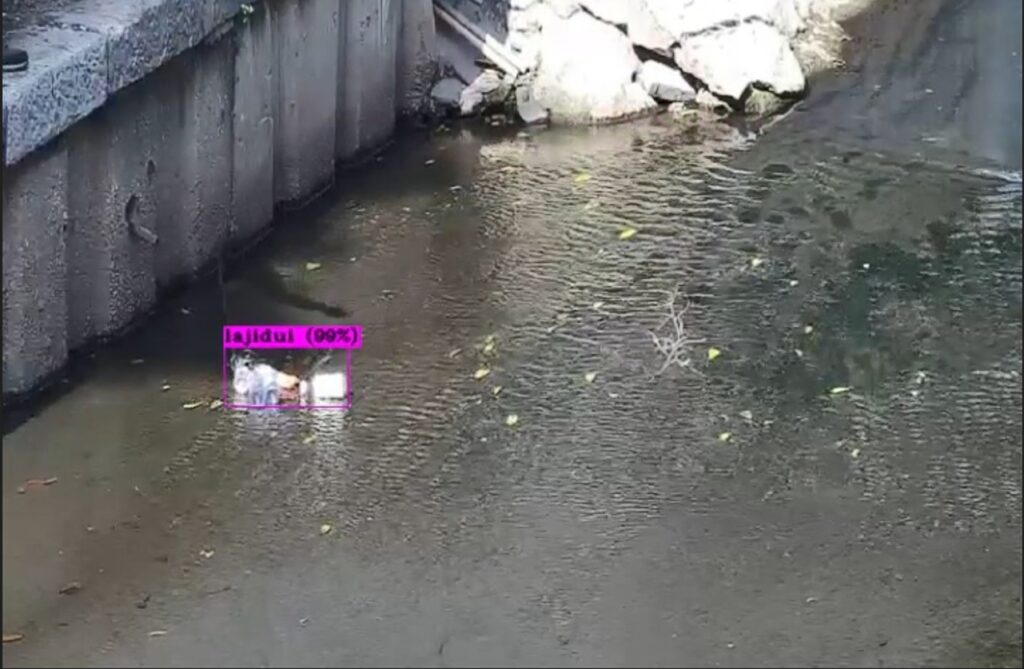
The monitoring system detected pollution located in the river channel.
The monitoring system detected birds near the drainage outlet.
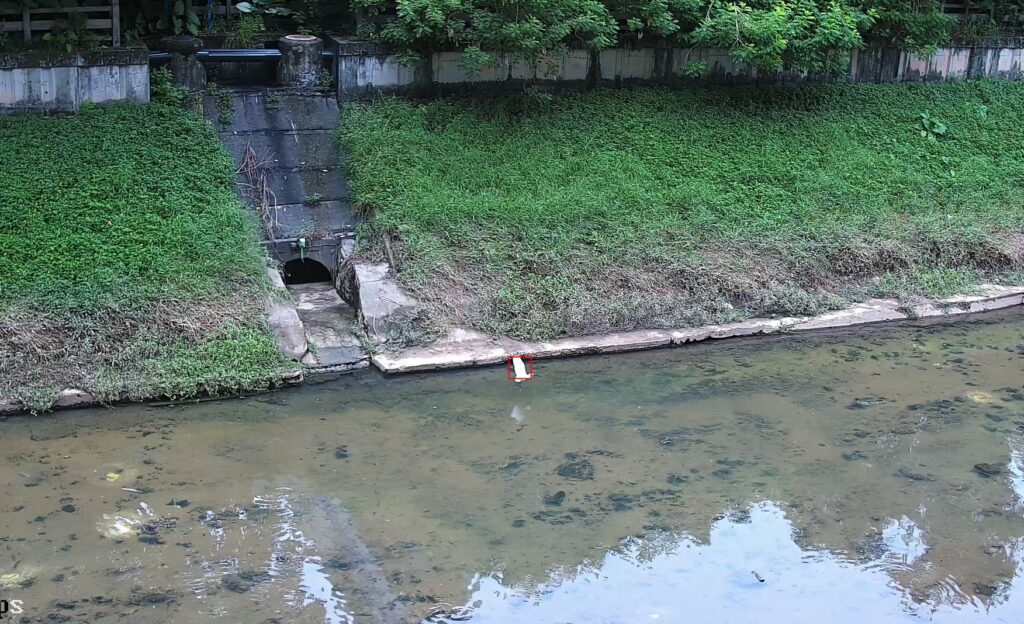
Conclusion
The reason why our product is particularly suitable for the environmental monitoring field lies in its intelligence, real-time nature and systematicness. Firstly, the AI algorithm based on deep learning overcomes the recognition challenges in complex natural environments, ensuring the accurate capture of pollution indicators such as abnormal water color and floating objects. This is beyond the reach of traditional sensors or manual inspections. Secondly, the edge computing technology brings AI analysis to the network edge, achieving “second-second” perception and alarm of pollution incidents, solving the pain point of response delay and winning precious time for rapid pollution event handling. Finally, the system can seamlessly integrate into various river chief system platforms, water management groups or government emergency management systems, aggregating scattered monitoring data of pollution outlets into a unified regulatory view, forming a complete closed loop from intelligent perception, risk identification, real-time alarm to collaborative disposal, which greatly enhances the efficiency and coverage of environmental supervision.
Therefore, in the typical environmental monitoring scenario of river pollution, our solution not only effectively addresses the bottleneck problem of manual supervision, but also through technological innovation achieves forward-looking early warning and efficient management of environmental risks, providing reliable and intelligent technical support for safeguarding the ecological health of rivers and lakes. Its core architecture and capabilities can also be expanded and applied to a wider range of environmental monitoring and protection fields.
